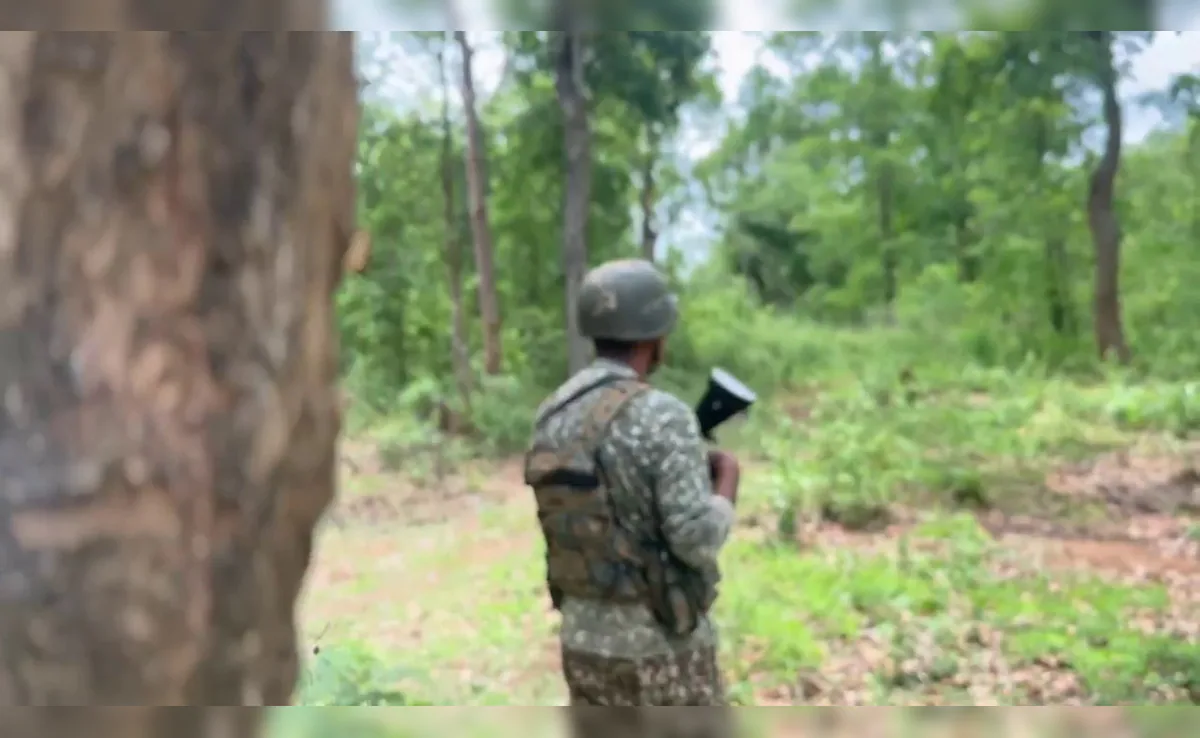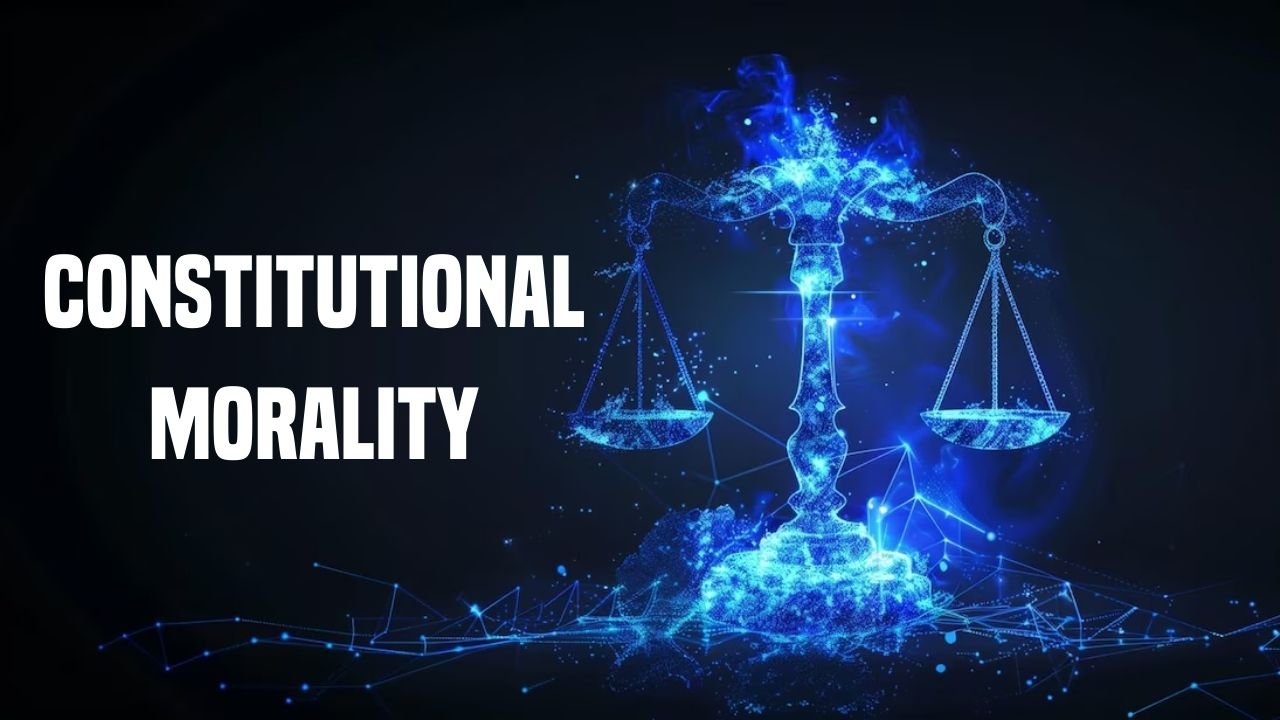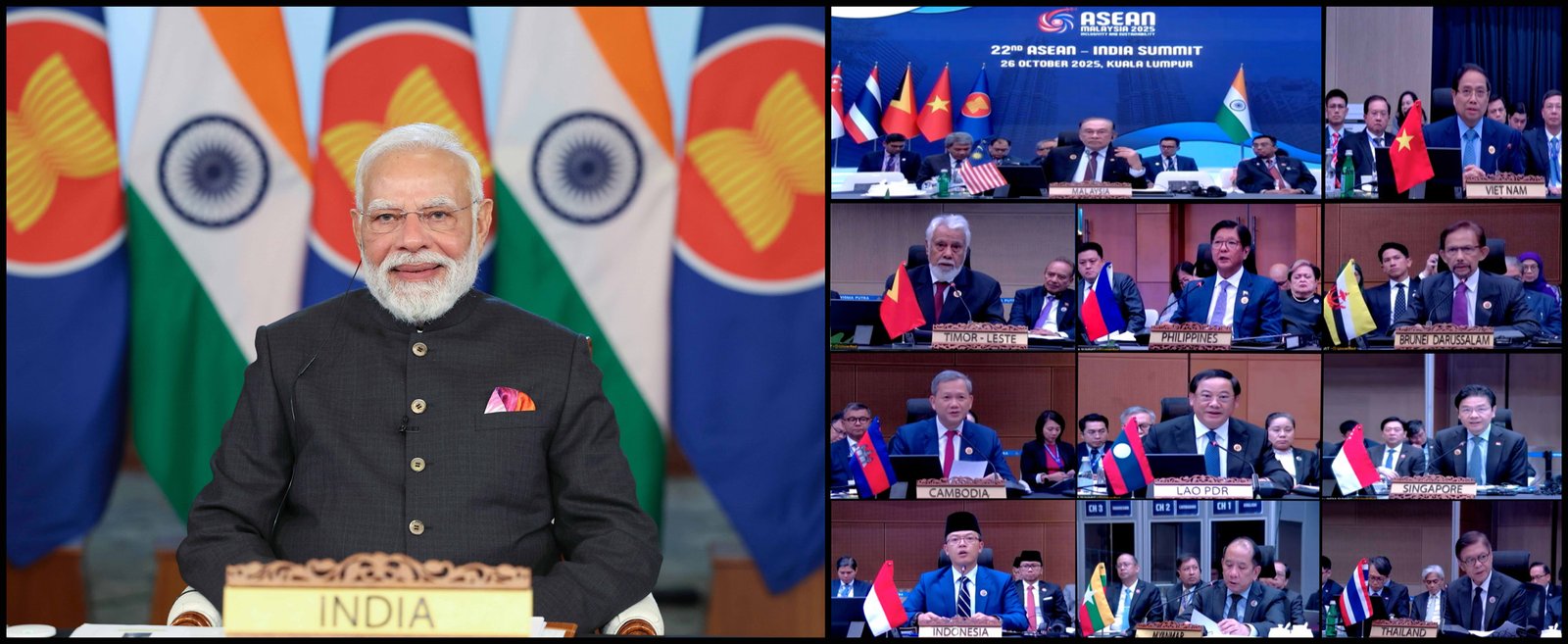Why in the News?
- Mallojula Venugopal Rao, one of the top leaders of the Maoists (CPI-Maoist), recently wrote letters asking Maoists to stop fighting with guns.
- This shows that even some top leaders now think that continuing the armed struggle may not be the best option to keep the party alive.
- The movement is under intense pressure after large-scale security operations, killings of top cadres, mass surrenders, and seizures of arms — prompting debate over whether the insurgency will end or regroup.
Key Highlights
- Origins and Ideology (1967 → late 1960s)
- Naxalbari uprising (18 May 1967).
- A peasant revolt in West Bengal that sparked the movement.
- Charu Majumdar’s writings (the “Historic Eight Documents”) provided the ideological blueprint.
- Core ideological claim.
- The state was characterised as bourgeois and reformist communists were branded “revisionists.”
- Strategy prescribed: a protracted people’s war inspired by Mao Zedong.
- Spread and Early Organisational Growth (late 1960s → 1990s)
- Expansion beyond Bengal: The movement spread to Srikakulam (Andhra Pradesh), then to large parts of central and eastern India.
- Recruitment hubs and student involvement: Colleges and student networks (notably in parts of Andhra/Telangana) supplied cadres and ideas.
- Regional adaptations: Local grievances (land, forest rights, exploitation) shaped how the movement operated in different states.
- Consolidation and Peak (2000s)
- Military formalisation: Formation of the People’s Liberation Guerrilla Army (PLGA) and more structured guerrilla units.
- Merger and national footprint (2004): Several factions merged to form the CPI(Maoist), increasing national coordination and reach.
- High point of influence: At its peak the movement affected many districts across a large geo-area, controlling or influencing rural zones.
- State Response and Decline (late 2000s → 2024)
- Security operations intensified: Specialised police units and coordinated central-state campaigns targeted cadres and logistics.
- Development and community engagement: Welfare schemes, education, and infrastructure reduced local support in some tribal areas.
- Measured success: Official reporting shows a sharp drop in the number of LWE-affected districts by 2024.
- Present Crisis & Crossroads (2024 → 2025)
- Leadership attrition and material shortages: Many senior leaders killed; the remaining cadres face ammunition shortages and isolation.
- Recruitment collapse: Non-tribal recruitment halted; younger tribal populations increasingly uninterested in armed life.
- Internal debate over surrender vs. continued armed struggle: Letters from a senior ideologue calling for cessation expose a split between survival pragmatism and doctrinal commitment.
- Naxalbari uprising (18 May 1967).
| Left-Wing Extremism (LWE) — Government Nomenclature 1. Policy framing: LWE is a state classification that groups various insurgent activities under a security umbrella. 2. Distinction from political dissent: The term is used to separate violent armed struggle from lawful left politics. 3. Resource allocation: Labeling as LWE guides central funding, special policing units, and relief measures for affected districts. 4. Data & mapping: The term underpins area categorisation for intervention—“affected” vs “disturbed” vs “concern” districts. 5. Critique: Scholars caution that the label can obscure local governance failures and legitimate grievances that need political remedies. |
Implications
- Security and counter-insurgency success: The collapse of central leadership and shrinking territory indicate a tactical victory for state security forces, but residual cells can still mount asymmetric attacks.
- Political and electoral impact: A decline in violence could increase participation in formal politics and open space for electoral engagement in formerly disturbed areas.
- Development and governance opportunities: Reduced conflict can speed delivery of services, improve connectivity, and strengthen local administration if sustained and well-targeted.
- Rehabilitation and reconciliation pressures: Large-scale surrenders raise policy questions on disarmament, rehabilitation, and vetting to prevent re-radicalisation.
- Ideological survival versus organisational extinction: If cadres accept surrender, the party’s ideological legacy may persist in remnant political networks or diffuse into other forms of dissent.
Challenges and Way Forward
| Challenge | Recommended Way Forward |
| Reintegration of surrendered cadres | Design transparent, time-bound rehabilitation packages that include livelihood training, mental health support and community mediation. |
| Preventing clandestine regrouping | Maintain intelligence-driven policing while offering credible amnesty windows tied to verification; use community policing for early warning. |
| Addressing socio-economic grievances | Accelerate land rights settlement, forest rights implementation, and targeted skill development for youth. |
| Ensuring justice for victims | Fast-track investigation of atrocities, strengthen victim compensation mechanisms, and support local truth-seeking processes. |
| Balancing security with civil liberties | Train forces in rights-compliant operations; set clear SOPs for detention, interrogation and rehabilitation. |
| Sustaining development in remote areas | Invest in connectivity, education, healthcare, and livelihood ecosystems tailored to local ecology and culture. |
| Ideological vacuum and political absorption | Encourage lawful political channels for grievance articulation; monitor extremist funding networks. |
Conclusion
The Maoist movement that emerged from Naxalbari in 1967 has entered a decisive phase: attrition of leadership, recruitment failures, and wide security pressure have brought it to a crossroads. Whether the party dissolves, democratises its politics, or reconstitutes in a new form depends on state responses that combine firm security, credible rehabilitation, and sustained socio-economic engagement in affected regions.
| EnsureIAS Mains Question Q. Critically examine the factors that have brought the Maoist movement in India to its current crossroads. Evaluate the policy measures that the state should adopt to ensure a durable peace while protecting rights and delivering justice. (250 Words) |
| EnsureIAS Prelims Question Q. With reference to the Maoist (Naxalite) movement in India, consider the following statements: 1. The CPI(Maoist) was formed in 2004 through the merger of multiple underground factions including the People’s War group and the Maoist Communist Centre. 2. Protracted People’s War strategy prescribes initiating armed revolution primarily from urban centres before spreading to the countryside. 3. The government’s combined strategy of security operations and development reduced the number of LWE-affected districts to under 40 by April 2024. Which of the statements given above is/are correct? Answer: B Statement 1 is correct: The CPI(Maoist) emerged after the merger of several major underground factions, notably the People’s War group and the Maoist Communist Centre, consolidating organisational structures and expanding coordination across states. This merger in the early 2000s increased its reach and militarised capacity for a period. Statement 2 is incorrect: Protracted People’s War, rooted in Maoist theory, typically emphasises starting in rural and peripheral areas, building guerrilla base areas, and later encircling urban centres — not the reverse. Its strategy relies on mobilising rural grievances to gradually shift balance toward insurgents before targeting cities. Statement 3 is correct: Government reporting indicates that the combined approach of security action plus development reduced the number of LWE-affected districts substantially, with official counts showing the figure falling to well under 100 and recorded as 38 districts by April 2024, evidencing tactical success in many areas. |
Also Read | |
| UPSC Foundation Course | UPSC Daily Current Affairs |
| UPSC Monthly Magazine | CSAT Foundation Course |
| Free MCQs for UPSC Prelims | UPSC Test Series |
| ENSURE IAS NOTES | Our Booklist |





